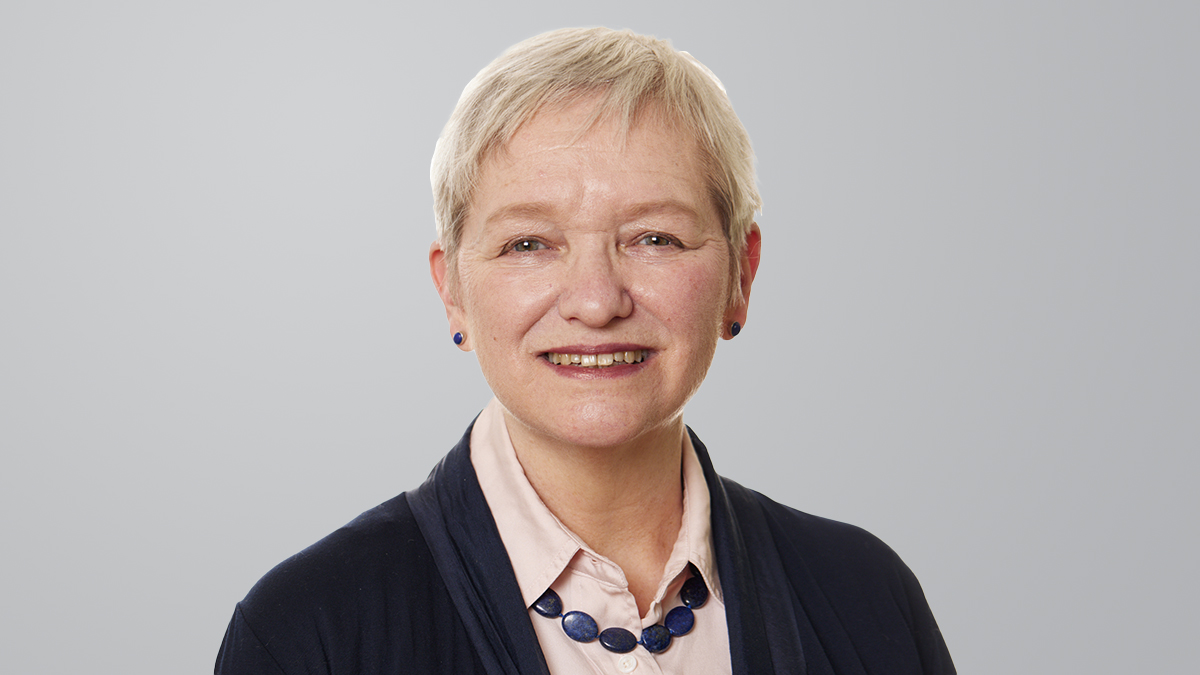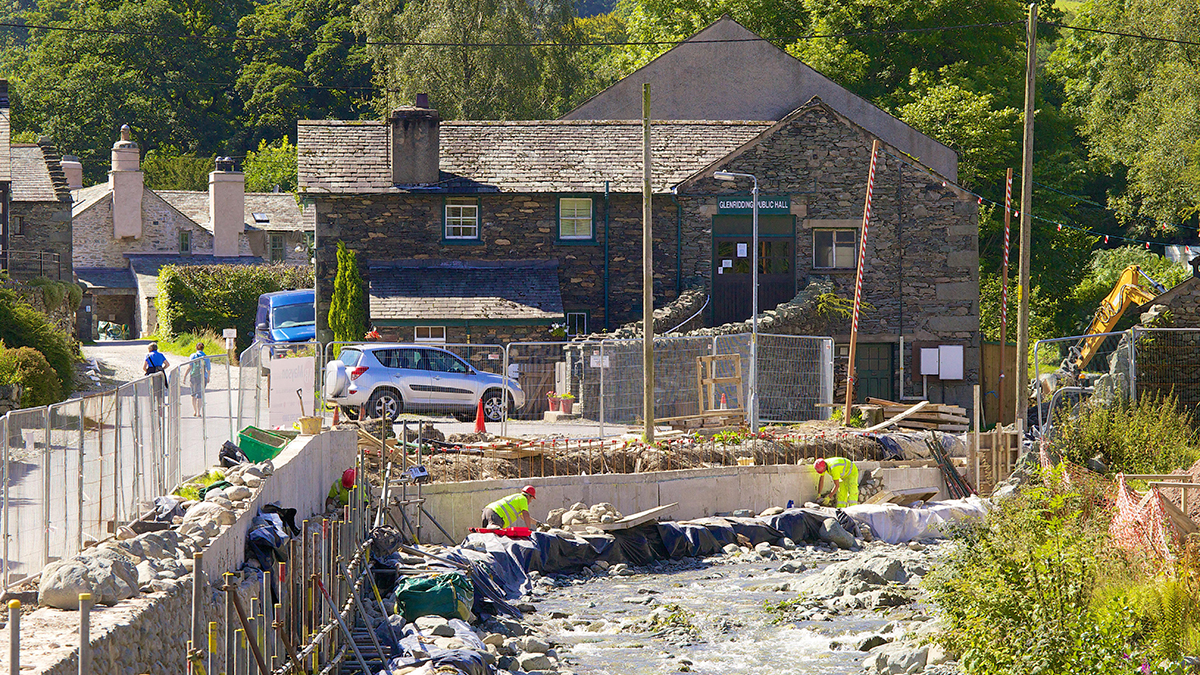Viewpoint: IoT is a flood mitigation game-changer
UK government investments in flood defences and flood risk management projects have made an impact, but some of them have just moved the problem downstream, as water needs to go somewhere
The application of internet of things sensors allows for accurate flood forecasts and real-time data analysis
With winter on the way, floods will be a major, pressing concern in the UK – particularly following one of the wettest Julys on record, according to the Met Office, including the wettest in Northern Ireland since 1836 – with their frequency and intensity on the rise due to climate change and urbanisation.
The UK’s geographical location and varying topography make it particularly susceptible to flooding. Heavy rainfall, storms, melting snow and rising sea levels can all contribute to this problem. Coastal regions, river basins and low-lying areas are particularly at risk.
With climate change intensifying weather patterns, flood risk management has become a critical focus for policymakers.
This flood issue has increasingly created issues for many homeowners, so in 2016 the UK government introduced Flood Re, a joint initiative between the insurance industry and the government, to tackle the issue of affordable flood insurance for high-risk properties. Flood Re is a not-for-profit reinsurer that works alongside insurers to offer affordable premiums to homeowners in flood-prone areas.
The application of IoT sensors allows for accurate flood forecasts and real-time data analysis. Not only does this provide insights into the likelihood of a flood event but, more importantly, it also pinpoints the specific buildings or facilities at risk
While Flood Re plays a vital role in helping homeowners access flood insurance, particularly in flood-prone areas, it does not address the root causes of flooding or protect commercial businesses, which are so vital to the economy, with 40% of them failing to reopen following a flood impact event.
To address the former point, the UK government has been investing significantly in flood defences and flood risk management projects to protect vulnerable communities. These initiatives include improving flood barriers, maintaining river systems and adopting natural flood management techniques, such as the restoration of wetlands and floodplains.
These investments have made an impact; however, some of them have just moved the problem downstream, as water needs to go somewhere. This is where businesses need to take ownership of the problem, as well as finding commercial insurance to protect them from flood risks.
Risk mitigation
First, it is vital to understand the risk profile of assets in the fight against flooding. Second, an action plan needs to be in place, so in the event of a flood everyone involved knows what to do.
Once the risks are understood and a plan is in place, it is, third, important to invest in resilience measures to minimise the risks as much as is feasibly possible, within resources available, whether they be from the government, the Environment Agency or business.
With these three things in place, the last, vital fourth ingredient is internet of things (IoT) technology, which can give advanced warning of flooding with 100% live certainty. IoT technology has emerged as a game-changing solution, enabling accurate forecasting of flood events and identifying vulnerable buildings or facilities, providing critical insights to the insurance industry and policyholders.
The application of IoT sensors allows for accurate flood forecasts and real-time data analysis. Not only does this provide insights into the likelihood of a flood event but, more importantly, it also pinpoints the specific buildings or facilities at risk.
This groundbreaking capability empowers insurers and policyholders to act proactively, significantly mitigating the flood’s impact and reducing losses.
Bridging the protection gap
Parametric insurance, empowered by cutting-edge IoT technology, is also revolutionising the insurance landscape by granting carriers unprecedented insights into individual client risks. This newfound understanding empowers insurers to extend parametric coverage in situations where traditional insurance options fall short, enhancing both the precision of product design and pricing strategies.
IoT technologies also provide unequivocal independent data to trigger payment. Here, IoT sensors measuring water height at specific points prove invaluable. The availability of highly accurate IoT sensor data ensures that parametric insurance can offer greater certainty in settling flood claims.
Overall, IoT sensors enable insurers to collaborate with their clients effectively, creating better flood risk management strategies. In turn, this can help reduce the number of businesses that succumb to failure due to flood events, especially amid challenging economic and financial conditions.
Embracing IoT technology has, therefore, become imperative in constructing a future that is not only more resilient but also environmentally sustainable, particularly within the landscape of climate change.
Jonathan Jackson is chief executive of Previsico



